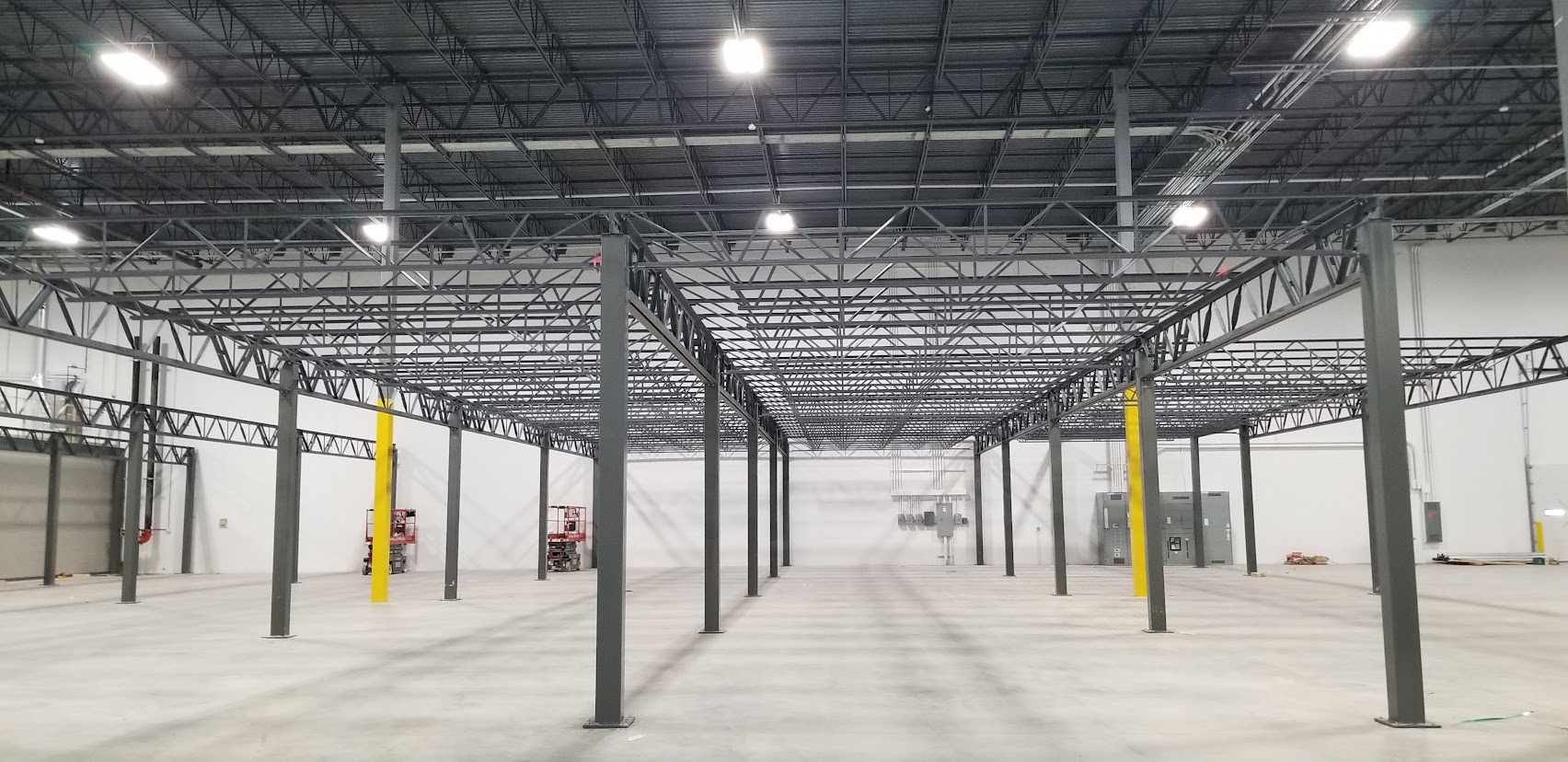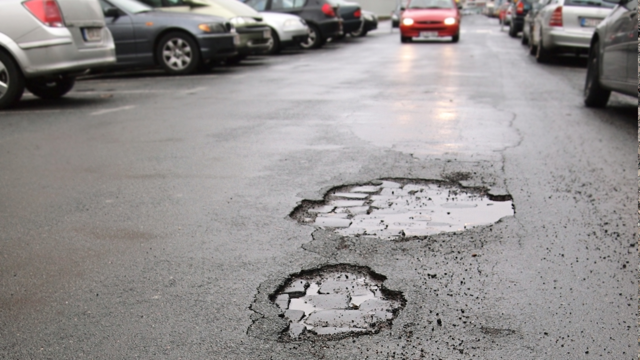In the world of construction, few building materials hold as much significance as concrete. Its versatility, durability, and strength have made it a cornerstone of countless projects across various industries. From towering skyscrapers to humble sidewalks, concrete’s role in modern construction cannot be overstated. Let’s explore the uses, advantages, and types of concrete, shedding light on why is the most common construction material for builders worldwide.
The Origin of Concrete:
Concrete‘s story stretches back through the ages. While the ancient Romans were known for their remarkable architectural feats using an early form of concrete, it was Joseph Aspdin who truly transformed its production in the early 19th century. Aspdin’s groundbreaking invention of Portland cement laid the groundwork for the concrete we know and rely on today.
Uses of Concrete in Construction:
Concrete is a chameleon in the construction world, seamlessly adapting to a vast array of projects, both big and small. In commercial construction, it’s the backbone of stability, supporting everything from towering skyscrapers to expansive parking structures. In the residential realm, it’s the sturdy foundation for driveways, patios, and basements – the unsung hero of everyday life.
Advantages of Concrete:
Strength is concrete’s superpower. With its exceptional compressive and tensile strength, concrete can take on the heaviest loads and endure the harshest conditions. Its durability and longevity mean it can weather the test of time, standing strong against the elements. Plus, its fire-resistant properties offer an extra layer of safety, providing peace of mind in buildings where safety is paramount.
Types of Concrete:
Concrete comes in a few options, each tailored to specific needs:
- Structural Concrete: This is the muscle behind the operation, providing the strength needed for foundations, columns, and beams.
- Reinforced Concrete: By adding steel reinforcement bars (rebar) to the mix, we amp up the strength and resistance, perfect for bridges and high-rises.
- Poured Concrete: It’s the liquid gold that transforms into solid surfaces like sidewalks, driveways, and floors with a pour and a harden.
- Precast Concrete: These are the pre-made puzzle pieces that fit perfectly into any construction project, offering efficiency, consistency, and quality control.
The Concrete Production Process:
Mixing up concrete is a bit like baking – it’s all about getting the right ingredients in the right proportions. We start with Portland cement, add water, throw in some coarse and fine aggregates, mix it up, and voila – we’ve got concrete! Once the mix is ready, it’s off to the construction site, where it’s poured into molds, left to cure, and transformed into solid, stable structures ready to take on the world.
In a Nutshell
Concrete is more than just a building material – it’s a symbol of strength, resilience, and innovation. Whether it’s towering skyscrapers or cozy homes, concrete plays a vital role in shaping our world. That’s why concrete is the most common construction material in the world. So, here’s to concrete – the unsung hero of construction, the backbone of our buildings, and the foundation of our future.
As Kansas City’s concrete professionals, we’re here for any project you may need. Contact us anytime!
Direct Contact for Concrete Services:
Jake Peek
Project Manager/Estimator
E: jacob.peek@SingleSourceSystems.net
P: (816)-419-4153












